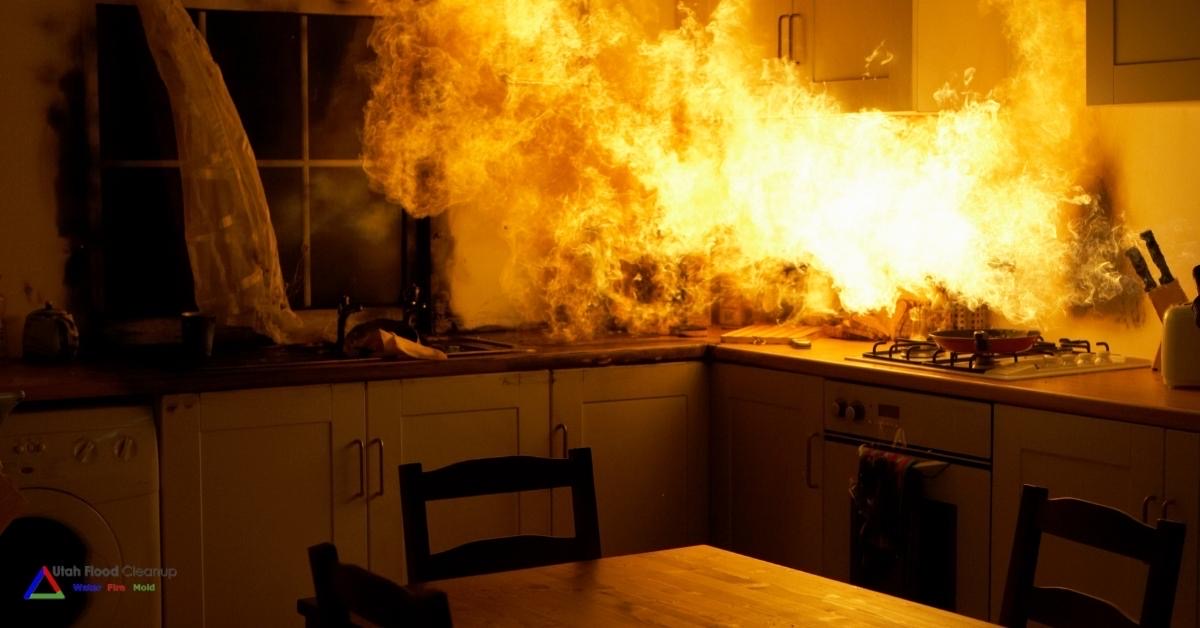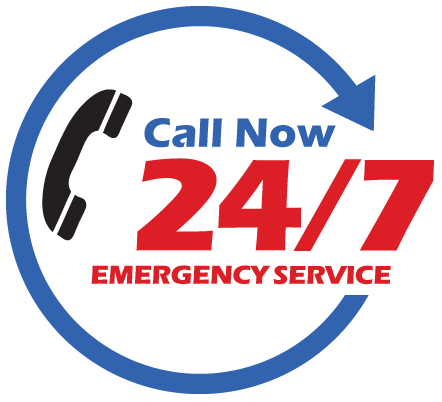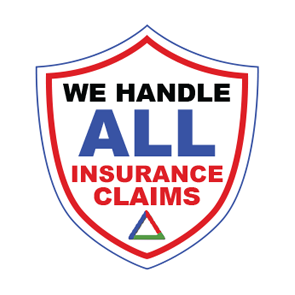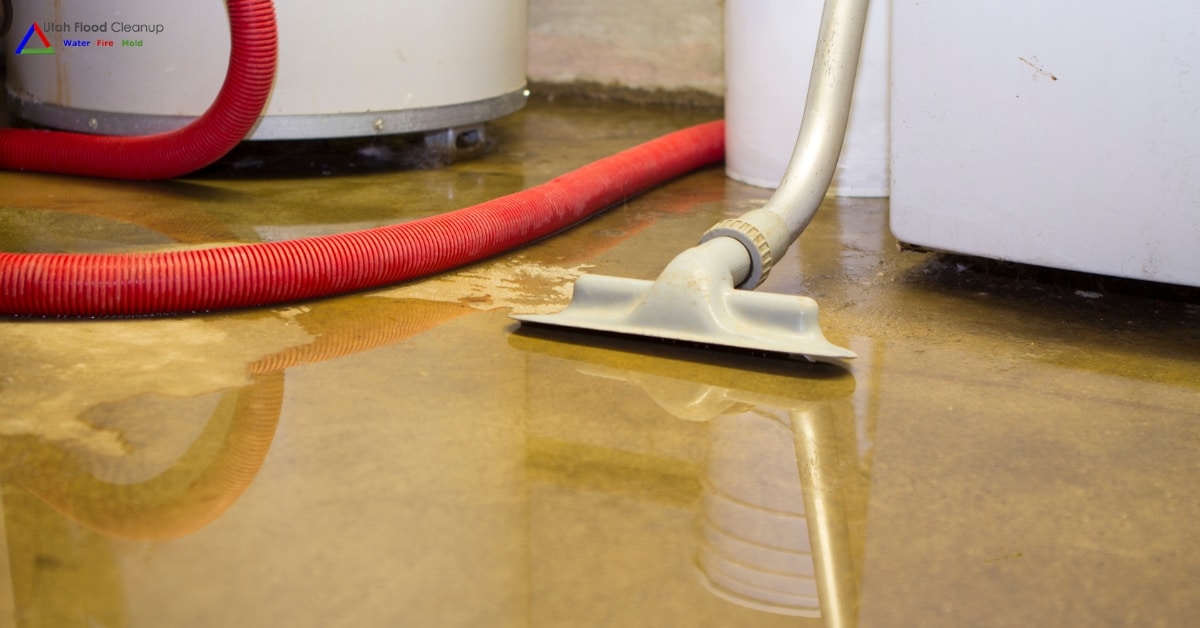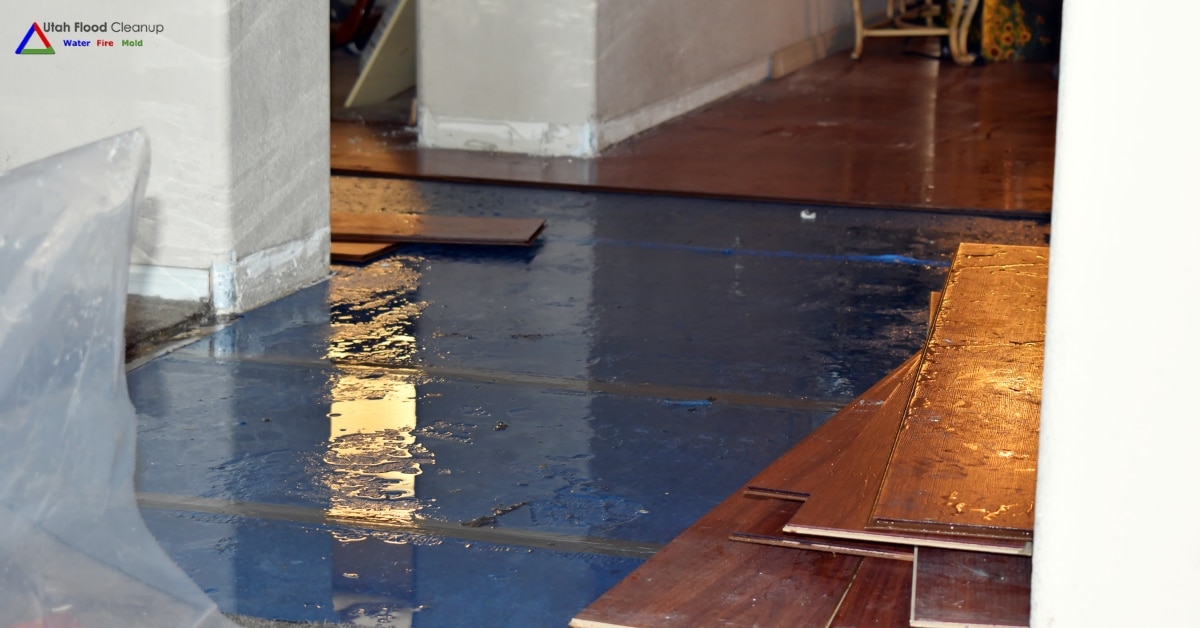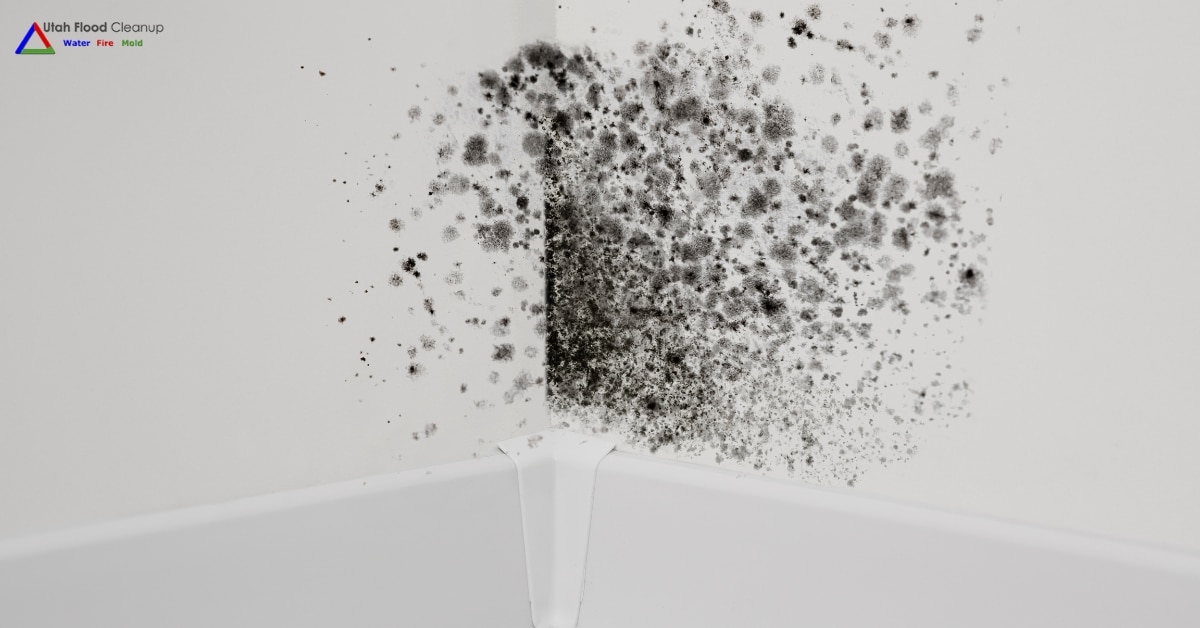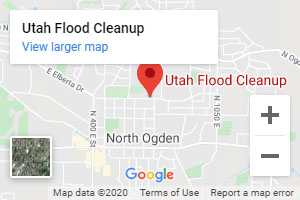Removing every possible risk of a kitchen fire is pretty unrealistic because kitchens contain so many inherent potential causes of ignition. However, in learning how to prevent fires in the kitchen, you may find that you can further limit the risk. Maintaining your kitchen to minimize fire hazards and improve your cooking safety habits can make your home much safer. Use the list of kitchen fire safety tips below to help you improve your fire prevention and safety risks in your kitchen.
Kitchen Fire Prevention Tips
Fires in the kitchen are the most common in homes and the most frequent source of injuries in home fires. Here is a checklist of kitchen fire prevention safety tips to help you keep your kitchen safer:
- Maintain major appliances in good repair and clean condition. Keep countertop appliances clean and free from grease, crumbs, etc., and replace them.
- Unplug the coffee maker and other countertop appliances when not in use. If the wiring is old or the thermostat overheats, this can cause a fire when you’re not at home.
- Grease is a fire hazard. So, clean up the grease on the stove before cooking. Keeping the stove clean can help prevent the much more rapid spread of a cooking fire.
- Do not overfill pots or pans with oil or grease. Hot grease can splatter or overflow and cause a house fire.
- Be very careful when lighting the burner or pilot light on a gas stove and follow the manufacturer's instructions precisely.
- Put pot holders, dish towels, food packaging, paper towels, etc., away from burners and the oven to prevent them from catching fire or combusting from exposure to high heat.
- Turn the handles on all cooking pots and pans pointed toward the back of your stovetop to help prevent them from being bumped by adults, grabbed by children, or hit by pets.
- Do not leave pots or pans with food cooking unattended. You need to turn off the burner if you must leave the house, receive guests, attend to children, or take a phone call.
- Install a smoke detector — not close enough to trigger it by normal amounts of smoke from cooking but close enough that it will react to a real fire in the kitchen.
- Designate an area where kids are not allowed, at least several feet from the stove and countertop appliances used for cooking.
- Wear short sleeves and avoid wearing loose-fitting clothing while cooking to minimize the risk of clothes catching fire while you’re using gas or electric burners.
- Don’t use electrical or gas kitchen appliances while under the influence of alcohol or drugs.
- Inspect your fire extinguisher routinely and store it near your stove. Ensure that you have the right kind of fire extinguisher for Class A) grease fires, B) other flammables, and C) electrical fires. All adults and capable teens in your home should be trained on fire extinguisher use and safety checks.
Prioritizing Fire Safety in the Kitchen
According to the National Fire Protection Association, cooking is responsible for 49% of home fires, making it the leading cause of home fires in the United States. It’s also the leading cause of death in home fires.
For Kitchen Fire Damage Repair – Utah Flood Cleanup
If you have had a major cooking fire, we can fully restore your kitchen to its pre-fire condition! We also provide certified mold abatement, which is often necessary after a house fire if water is used to put out the flames.
If you have a fire in your home, call Utah Flood Cleanup at (801) 416-2666, or contact us here online for a quick response by experts in fire disaster cleanup and restoration.
Latest posts by Utah Flood Cleanup (see all)
- What are the Benefits of Professional Water Damage Repair in Utah? - April 16, 2024
- Dealing with Winter Mold: Who to Call for Black Mold Removal in Utah - March 29, 2024
- Post-Snowmelt Water Damage Restorations: What Utah Residents Need to Know - March 28, 2024
